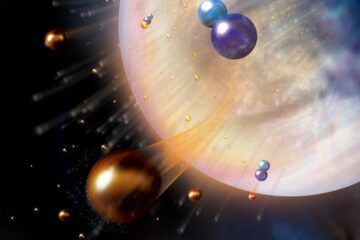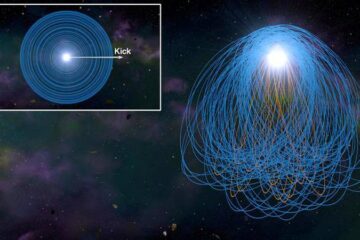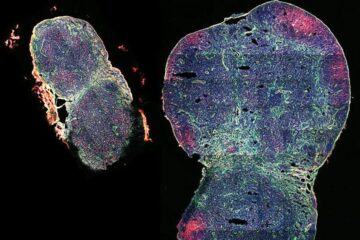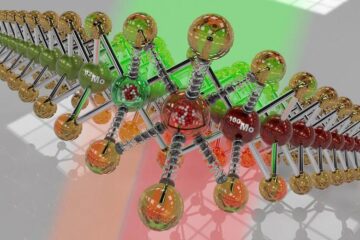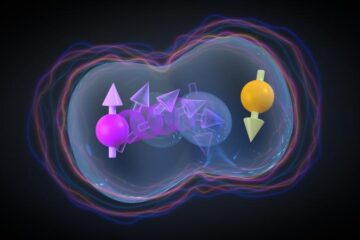Latest News
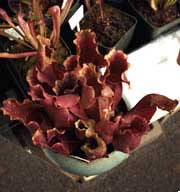
Genes show seasonal trends
Mosquitoes’ evolve rapidly in response to global warming.
Mosquitoes are holing up later as winters get warmer, US ecologists have shown. This is the first genetic adaptation to global warming to be identified. Less flexible animals could face extinction, they warn.
The North American mosquito Wyeomyia smithii uses shortening day length to judge when to bed down for the winter. Modern mozzies wait nine days more than their ancestors did in 1972, William Bradshaw and Christin
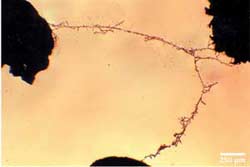
Gold Nanowires Grow on Their Own
Scientists can coax tiny metal particles to self-assemble into microscopic wires that conduct electricity and repair themselves, new research reveals. Kevin D. Hermanson of the University of Delaware and his colleagues, who published their finding in the current issue of Science, suggest that such nanowires may prove useful for wet electronic and bioelectric circuits.
The researchers placed particles of gold ranging in diameter from 15 to 30 nanometers in a fluid suspension within a thin ch
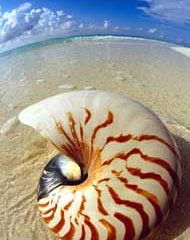
Salt holds samples of ancient seas
Water trapped for millions of years gives a glimpse of oceans’ turbulent past.
Drops of sea water entombed within salt crystals millions of years ago are giving researchers a glimpse of ancient oceans. The water, trapped during evaporation, reveals that the seas have seen large chemical changes during their history.
“The consensus had been that sea-water chemistry hadn’t changed that much over the past 600 million years,” says geochemist Juske Horita of Oak Ridge National La

Massive Black Hole’s Missing Ring of Dust Baffles Astronomers
Some galaxies may have torus envy, if a new study is any indication. The most sensitive imaging yet of nearby galaxy M87’s core reveals that the black hole residing there has either a nonexistent or much fainter ring of dust around it compared with its peers. Scientists had thought that these rings were key features of such highly energetic galaxies. The puzzling finding appears today in the Astrophysical Journal Letters .
The current model of active galaxies such as M87 posits that
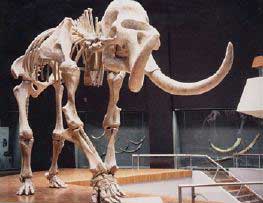
Researchers Reconstruct the Rise of the Woolly Mammoth
Examine any depiction of Ice Age life and you’re likely to find at least one—a woolly mammoth, that is. But popular appeal notwithstanding, the evolutionary history of this prehistoric beast has proved somewhat difficult to pin down. To that end, findings published today in the journal Science provide some much needed insight.
Working from an extensive Eurasian fossil record going back some 2.6 million years, Adrian Lister of University College London and Andrei V. Sher of the Russian Acad

Melt down
Half a century of thinning ice leaves Greenland’s future looking wet.
There is new evidence that the Greenland ice pack is in retreat. The finding may be a foretaste of still more rapid melting, and in turn, rising sea levels.
The ice sheet over northwest Greenland has thinned by 10-15 cm a year over the past 40 years, two scientists calculate 1 . The trend indicates “a significant long-term thinning”, says one, Niels Reeh, of the Technical University of

